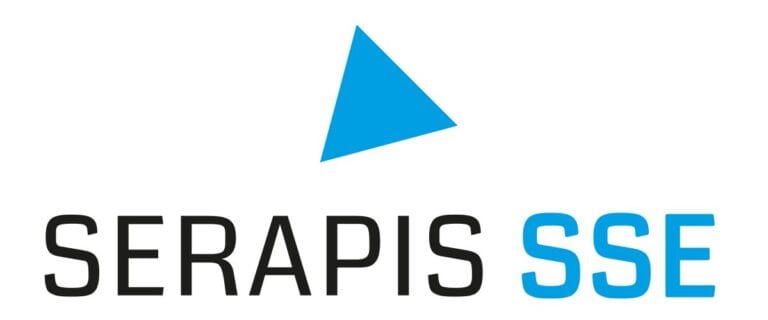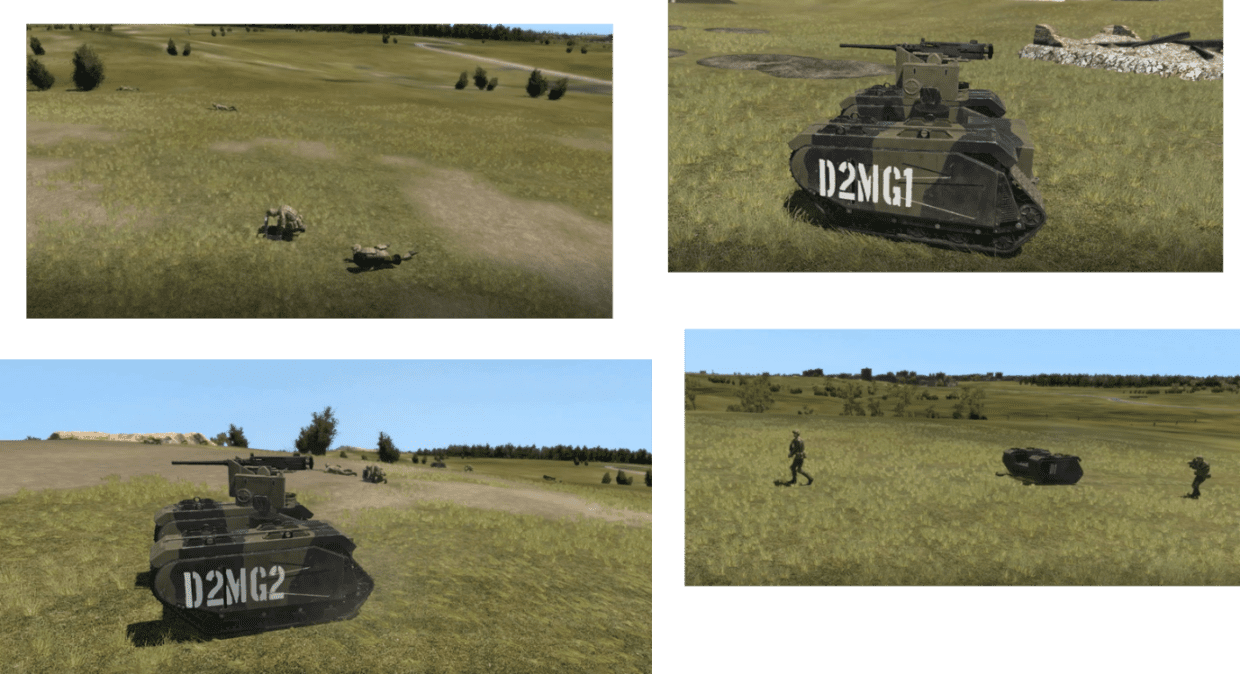
The project offered an opportunity to demonstrate how effective it can be bringing Commercial off the Shelf (COTS) Artificial Intelligence (AI) from the gaming industry together with an existing Government Off The Shelf (GOTS) simulation environment, Bohemia Interactive’s Virtual Battlespace 3 (VBS3).
This type of approach highlights ways to generate a MUM(T) Testbed / Concept Capability Demonstrator (CCD) that can rapidly evolve doctrinal and requirements thinking in this area.
This project was proposed through and funded by the SERAPIS Simulation and Synthetic Environments (SSE) research framework, run on behalf of the Defence Science and Technology Laboratories (Dstl) by Newman and Spurr Consulting Ltd.






